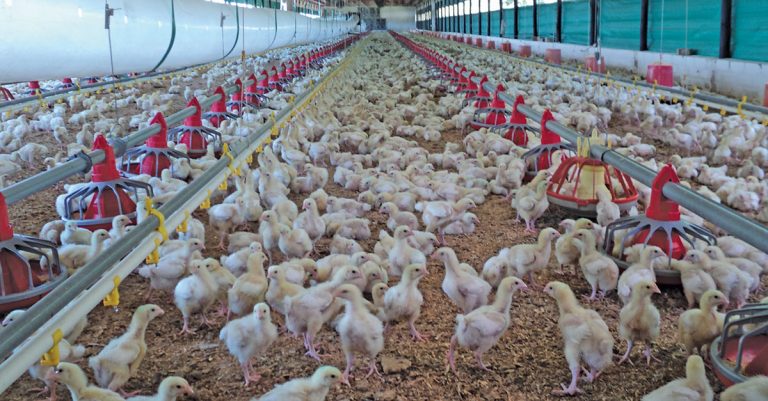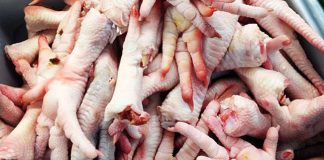
More than 2,7 million chickens have been culled so far in South Africa due to the highly pathogenic avian influenza (HPAI) outbreak, which is affecting commercial layer and, to a lesser extent, broiler breeder and commercial broiler flocks.
Izaak Breitenbach, head of the Broiler Organisation at the South African Poultry Association, said HPAI had broken out in mid-April and peaked rapidly in June.
Four weeks had then followed without any HPAI outbreaks, thanks to sound management by both industry and government.
Infections flared up again, however, due to biosecurity breaches following the civil unrest in KwaZulu-Natal during July, with devastating financial consequences for the industry.
“It’s difficult to quantify losses, but the industry took three years to recover after the 2017 HPAI outbreak, during which two million birds were culled and slaughter numbers declined to 17 million birds per week,” Breitenbach said.
This time around, the industry responded to the culling of birds by keeping flocks for longer to produce more chicks for replacement, and a number of companies imported fertilised hatching eggs to increase chick supplies.
“We [also] slaughter a bit later to have fewer but heavier birds to bolster total meat production,” Breitenbach said.
He added that demand and supply of poultry meat was currently at breakeven point, with the industry experiencing a 12% reduction in demand from 21 million slaughter birds per week to 20 million. This was due to the COVID-19-related lockdown, the impact of HPAI, and the July unrest.
Breitenbach added that shortages normally occurred from October to December due to festive season demand, and this was followed by an oversupply from January to April.
In terms of the Poultry Sector Master Plan, however, the industry had pledged a slaughter capacity of 22,5 million birds a week.
“We need to repopulate the depleted flock as soon as possible to facilitate economic growth and the transformation envisaged by the master plan,” he said.
“Transformation isn’t possible in an environment where the newly created capacity in terms of the master plan is [not being filled]. Replacement of illegal and unfair trade is also more important than ever to prevent unfair competition.”
The weekly HPAI infection rate was currently low and Breitenbach said he foresaw a much improved situation by the end of the year.











